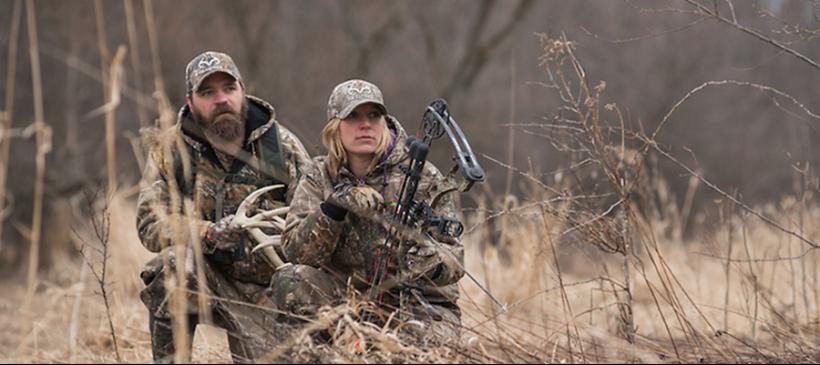How to Reach the Millennial Generation of Hunters
- November 29, 2016
- By Team Realtree
- Research

If you’ve ever wondered about the best marketing strategies to reach millennial hunters, you’re not alone. The millennial generation communicates and consumes media far differently than their predecessors. To further complicate matters, their participation in hunting is not consistent. The challenge is to attract millennials to hunting and then keep their attention so they become lifelong participants.
In cooperation with a dozen states, the National Shooting Sports Foundation and Southwick Associates compiled data to attempt to further understand millennial hunters and how they differ from hunters of previous generations. By surveying 1,374 hunters and reviewing states’ license sales data, the report was able to break the groups down into market segments by age and examine the levels of participation between the millennial group and older generations.
What factors influence people to buy a license and invest in hunting gear? Is it income? Time? Exposure? Tradition? Food? One major takeaway from the study is that the millennial generation has a much higher interest in hunting for food than previous generations – 14% higher. This may be related to the clean-label movement that has swept through the food industry. The prospect of being able to procure one’s own food (that does not contain mystery ingredients) is noted as the highest driving factor among all market segments.
While food is a factor among older generations, the study shows that recreation and relaxation are higher driving factors for them.
Encouraging younger hunters to participate is one of the hunting industry’s great challenges. As we see public lands threatened and access to private lands grows increasingly difficult, factors that influence younger hunters to go afield should be taken into consideration.
Camaraderie has always been a driving factor in hunter participation. The enjoyment of a weekend at deer camp with others who share the same goals can’t be underestimated. However, statistics show that the millennial generation tends to rely on an invitation to get involved, whereas older hunters are proactive in their participation. Millennials are more likely to receive an invitation to hunt than to initiate the plans, 30% vs 19%. The reason may simply be because many in the millennial generation are still learning how to hunt and needing places to go. This points to the value of taking someone hunting and fishing so they too can enjoy the outdoors.
Hunters of all ages are constantly researching and digging for information. Whether it is for gear, tactics or for place to hunt, millennials make decisions based on the vast amount of information available through digital and traditional media. Older generations claim they are much more confident in their abilities simply based on years of experience. With that said, millennials also report that it’s the information passed down from experienced hunters such as parents and grandparents that is of most value to young hunters. Millennials report their mothers and fathers are the greatest sources of trusted information when the parents engaged their children in the teaching of woodsmanship and similar skills.
Bringing younger hunters into the sport has long been a challenge for older generations, who often fret over the prospect of losing young hunters to other interests such as video games and life’s many other distractions. Overall, millennials exhibit a high level of interest in hunting, with eight out of 10 saying they have some level of interest in participating. This is only slightly lower than the interested expressed by older generations, (nine out of 10). However, in reviewing the license sales statistics, millennial participation dropped by 10% between the 2013 season and the 2014 season. When a young hunter drops out of the sport, it is frequently because of life changes. In the most recent example, leading reasons were leaving for college, (19%) or starting a new job (15%).
Finding common ground between older generations and the millennial generation is key to keeping hunting alive. This report reveals similar motivations to be social interaction with other hunters, relaxation and enjoyment of the experience, and the challenge and satisfaction of procuring one’s own food. Although there are similarities in what motivates both groups to get into the field, the best thing we as an industry can do is watch for opportunities to introduce new hunters to the experience.
